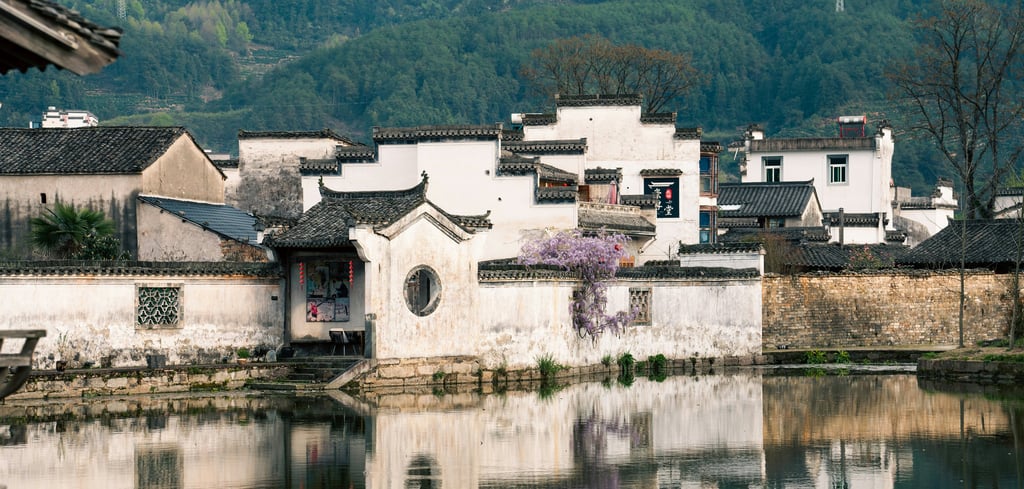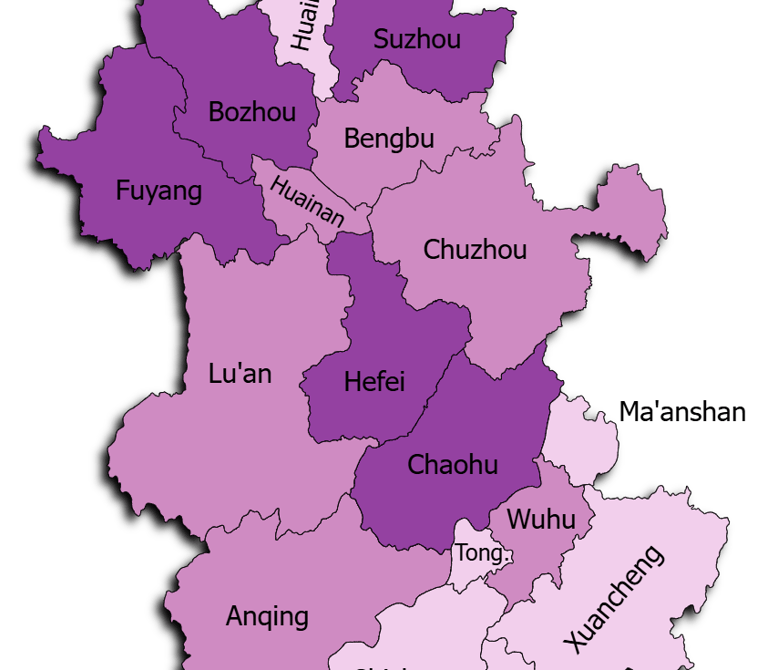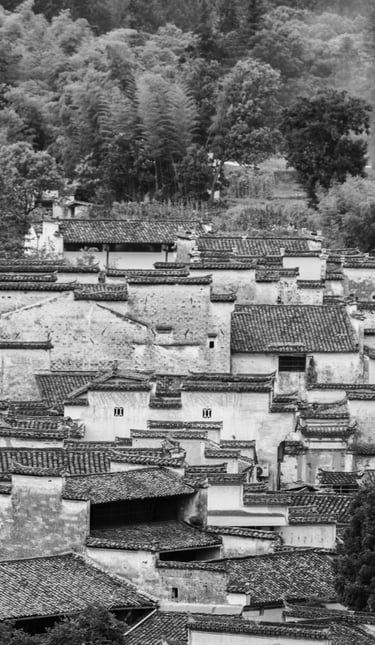Cities in Anhui


Introduction
Hefei lies near the center of Anhui, between the Yangtze River and the Huai River. It has a population of about 9 million. The city is close to Chaohu Lake and the northeastern edge of the Dabie Mountains, combining flat plains with gentle hills. As the provincial capital, Hefei is the political, economic, and research hub of Anhui.


Hefei lies near the center of Anhui, between the Yangtze River and the Huai River. It has a population of about 9 million. The city is close to Chaohu Lake and the northeastern edge of the Dabie Mountains, combining flat plains with gentle hills. As the provincial capital, Hefei is the political, economic, and research hub of Anhui.
Hefei is known for its strong scientific and educational institutions, especially the University of Science and Technology of China, a world-leading research university.
The city also plays a strategic role in high-tech development and hosts experimental fusion research. Its history dates back to the Song dynasty, and it has grown into a modern center of innovation.
📍Main places to visit include City God Temple, Mingjiao Temple, Chaohu Lake, Anhui Museum, Xiaoyaojin Park, and Hefei Olympic Sports Center Stadium.
Hefei (合肥)
Anqing (安庆)
Anqing sits in the southwestern part of Anhui along the Yangtze River. It has a population of about 4 million. Historically, the city played an important role in river trade, connecting to other major cities via river routes.
Anqing is known for its rich history, particularly during the Ming and Qing dynasties, and its cultural heritage linked to Huizhou-style architecture and regional opera.
The city is part of Anhui’s tourism development plan, attracting visitors interested in both history and culture.
📍 Main places to visit include Anqing Yangtze River Bridge, Yingjiang Pavilion, Zhenfeng Pagoda, Huaining Confucian Temple, Tongcheng Academy, and Jiuhua Mountain.




Huangshan is in southern Anhui and is both a city and a symbol of the province. The area is mountainous, dominated by the Yellow Mountains, and has a population of about 0.2 million. It is several hours from Hefei, and its landscape contrasts sharply with the northern flatlands.
Huangshan is world-famous for the Yellow Mountains, which have inspired generations of Chinese painters and poets. It is also the heart of Huizhou culture, with traditional villages featuring white walls and black-tiled roofs.
Recently, Huangshan has been promoted as a high-end cultural and leisure tourism destination.
📍 Main places to visit include Yellow Mountain (Huangshan), Xidi Village, Hongcun Village, Tianzhu Mountain, Jiuhua Mountain, and Tunxi Ancient Street.
Huangshan (黄山)
Ma’anshan (马鞍山)
Ma’anshan is in eastern Anhui, near the Yangtze River. The city is hilly, with streams and slopes, and has a population of about 2 million. It lies close to Nanjing, bridging Anhui with the Yangtze River urban region.
Ma’anshan is known for its steel and mining industry, being one of China’s major steel production centers. It also features modern infrastructure and historical sites, offering a blend of industry and culture.
📍 Main places to visit include Caishi Ancient Battlefield, Jiuzi Old Town, Longshan Scenic Area, and Ma’anshan Museum.
Wuhu (芜湖)
Wuhu is in southeastern Anhui, near the Yangtze River, with a population of about 3 million. Its geography mixes flat river plains and gentle hills. The city is well connected to other urban areas in the Yangtze River Delta.
Wuhu is known for its rapid economic growth. It has become one of Anhui’s strongest industrial cities, with a mix of manufacturing and services. The city also has important river ports, giving it strategic logistical value.
📍 Main places to visit include Jiuzi Old Town, Sanshan Scenic Area, Wuhu Yangtze River Bridge, Wuhu Zoo, and Wuhu Museum.




Bozhou (亳州)
Bozhou is in northwest Anhui, on the North China Plain, with a population of about 5 million. Its flat terrain makes it a center for agriculture, especially fertile farmland.
Bozhou is historically important as one of the birthplaces of traditional Chinese medicine, and it maintains a strong heritage of scholars and classical studies. Today, it combines agriculture with a growing pharmaceutical industry, making it a regional economic hub.
📍 Main places to visit include Bozhou Ancient City, Qiaocheng District, Bozhou Chinese Medicine Culture Museum, Bozhou Grand Mosque, and Bozhou Riverside Park.
Suzhou (宿州)
Suzhou is in the northeast of Anhui. The area is mostly plains, shaped by the Huai River, and has a population of about 1 million. It plays a role in Anhui’s regional network, connecting smaller towns and cities.
Suzhou is known for its agriculture, especially grain production, and some local manufacturing. It also has cultural significance, with traditional Jiang-Huai architecture and historic sites preserved from old Anhui times.
📍 Main places to visit include Suzhou Old Street, Suzhou Confucian Temple, Suzhou Buddhist Temple, and Suzhou Hill Park.




Navigation
Main Menu
nathan.china-sphere.com
© 2025. All rights reserved.